Goliad (population 1,620), Texas, was originally named La Bahia, but in 1829 the town's name was changed to Goliad to honor priest Miguel Hidalgo
The "Hanging Tree" in front of the courthouse is famous as a historical place of "swift justice." or "justice, Texas-style." Court was held under the tree, and once found guilty, prisoners were hung from the tree in a matter of minutes. In addition to hangings ordered by the courts, during the "Cart War" of 1857, some of the men were hung from the tree before the "war" was ended by the Texas Rangers.
Just south of Goliad are Mission Nuestra Senora del Espiritu Santo de Zuniga and Presidio Nuestra Senora de Loreto de La Bahia that were founded in 1722 by the Spanish Aguayo Expedition because of threats from the French and to "convert the Natives." At its peak, the mission had large herds of cattle that were supplied to settlements and other missions. In 1782 about 10,000 head of cattle were driven from the Presidio to Spanish soldiers along the Gulf Coast, which is considered to be the first major Texas Cattle Drive.
A wall fragment that is over 200 years old is on display from the Nuestra Senora del Rosario Mission ruins, which are located about four miles west of Goliad. The red color is from hematite and the yellow color is from limonite. The black color is from goethite ore found in northern Texas and was a popular a trade item. Similar colors were used in this mission.
On display in the Mission Museum are a number of exhibits, including a morion helmet and a chainmail coif that were worn by Spanish Conquistadors. The helmet was designed with a comb running along the top to add strength and to deflect blows. Most soldiers wore a helmet because they were mass produced and inexpensive. On the other hand, the chainmail coif was heavy and expensive, so most foot soldiers did not have the chainmail coif.
The mission workshop included carpentry, pottery-making, tallow-making, and weaving. On display were reproductions of items made in the workshop.
Presidio La Bahia is just a short distance from Mission Nuestra Senora del Espiritu Santo de Zuniga. A placard at the Presidio entrance stated:
The presidio was one of the most fought-over sites is Texas. Every attempt to change the order of government in colonial Texas involved the capture of the fort. In 1812, it was the site of the longest siege in Texas military history. Nine years later, it was the target of an American force attempting to conquer Texas for the United States. The Presidio chapel was the site of the signing of the first Texas declaration of independence in 1835. And during the Texas Revolution in 1836, it served briefly as the headquarters of the Texan forces under Fannin and then as their temporary prison after their defeat at the Battle of Coleto.
Little is know about the early life of Francisca Alavez, but it is known that in 1836 she was with her husband Captain Alavez on the Centralist Campaign into south Texas. When they were captured at Copano Bay, she interceded on their behalf to obtain favorable treatment for their company.
However she earned the reputation of an "angel" when she learned that a large number of military men were to be executed in Goliad. She pleaded for clemency for the soldiers and hid as many of them as she could in various places. Then, in Matamoros, she worked to secure better treatment for Texas prisoners held in that town. Captain Alavez later abandoned her and she was left without support. Because of the great affection the soldiers and settlers had for her, they came to her aid and supported her for the rest of her life.
There is also a small visitor center containing a few additional exhibits that is not attached to the presidio.
In 1834, Colonel James Walker Fannin, a native of Georgia, came to Texas to fight in the Texas Revolution against Mexico. At the battle of Coleto, Fannin and his troops were outnumbered, so they surrendered with the assumption that they would be released within a few weeks. However, Antonio Lopez de Santa Anna, President of Mexico, had the 425-446 Texas prisoners of war executed in Goliad. Fannin was the last one executed. Before his execution, he gave the Mexican General his gold watch for an agreement that he would not be shot in the face and he would be given a proper burial. After the Mexican General took the watch, he shot Fannin in the face and burned his body in a ditch with the other Texans.
About three months later, General Thomas Rusk found the massacred victims remains and had the remains buried in an unmarked grave. The gravesite was forgotten until years later when a group of kids playing in the area found human bone fragments. The bones were determined to be from the 1836 Fannin massacre. In 1939 the Fannin Memorial Monument was erected at the gravesite.
Mexican General Ignacio Zaragoza was born in La Bahia (now Goliad) in 1829 and at age 33 he commanded an army of 600 men that defeated 6,500 invading French forces, including the elite French legionnaires, at the Battle of Puebla on May 5, 1862. The victory is now celebrated each year as Cinco de Mayo Day on May 5. The house where he was born is located across the street from the Presidio.



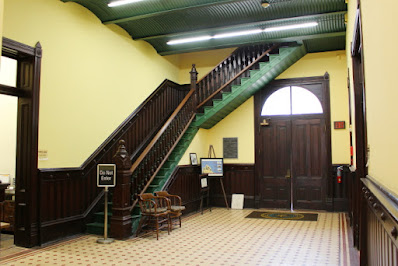

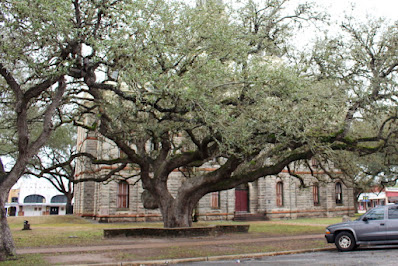
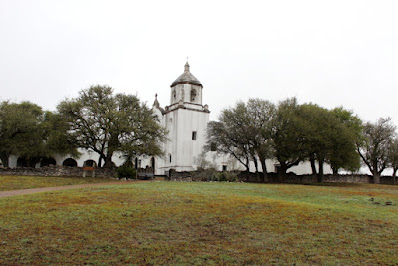















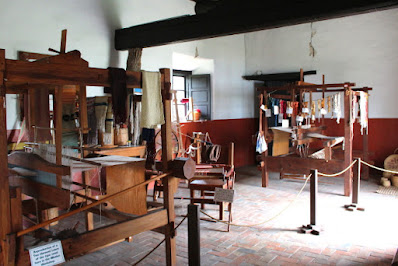





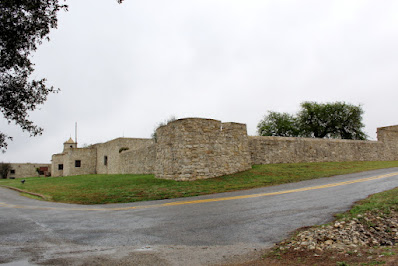







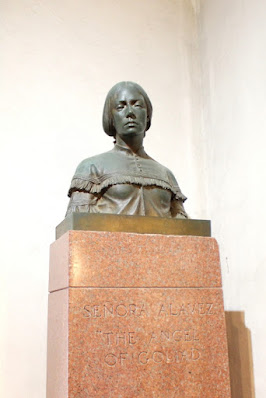

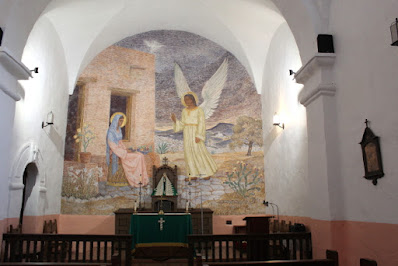
















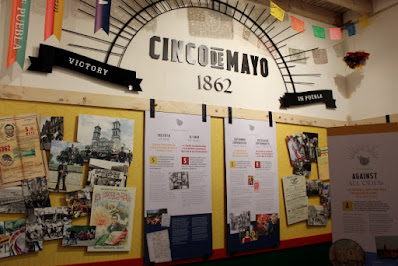
No comments:
Post a Comment